The nation’s love of hot cross buns shows no sign of slowing down.
UK shoppers splashed out an extra £31.8m on them in 2019, taking total sales to £153.1m [Kantar 52 w/e 26 Jan 2020]. Four- and six-packs were the big drivers of this growth, contributing £15.6m and £14.9m, respectively, but growth was also seen in smaller packs as well.
Here, we look at the trends playing out across the hot cross bun market.
These aren’t just any hot cross buns…
A standard fruited hot cross bun just won’t cut it anymore as shoppers seek posh and innovative flavours. And, they’re prepared to pay more for them, as average prices rose 6.5% in 2019 [Kantar].
“A key reason for hot cross buns’ success has been premiumisation,” says Kantar category analyst Charles McAlindin. “Premium products are outperforming standard tier and total hot cross buns, as they grow at 32.4%. Hot cross buns are generally growing through increased frequency of purchase, while premium’s growth is coming from new category shoppers.”
Marks & Spencer (M&S), which this year has salted caramel and Kentish Bramley apple variants, was notably successful, according to McAlindin. It added £7.1m to sales – more than any other retailer.
Buns for everyone
Consumers care about what’s in (or rather left out) their food and drink, and hot cross buns are no exception.
“Another noteworthy difference this year has been the increasing presence of free-from hot cross buns, which are worth £2m and growing at 47.7%,” explains Kantar’s McAlindin.
“Much of this growth in free-from is due to more shoppers entering the category, as there are 1.2m new free-from hot cross bun shoppers this year.”
Retailers are keen to cater to this need with M&S and Co-op among those with gluten-free options.
Ethical and environmental considerations are also playing out in hot cross buns. For example, Jacksons of Yorkshire’s 2020 NPD – tea-infused hot cross buns – are palm oil-free.
“In line with our bloomers and rolls, our hot cross buns are made without using palm oil, tapping into the longer-term trend of being a more ethical and sustainable brand,” says Deborah Dyson, brand marketing manager at Jacksons of Yorkshire.
“Palm oil is still in a lot of bread as it’s a pretty challenging piece of work to remove it, but it was well worth all the hard work as there are plenty of customers out there who are trying to shop more ethically. I think this ethical expectation from consumers will continue to grow and will drive NPD.”
Roberts Bakery, meanwhile, created its new Ultimate Hot Cross Buns using bread that would have otherwise gone to waste. It uses ‘upcycled bread ferment’, which is made from white loaves that would have ended up in the bin. These are added to the fermenter, along with other ingredients, to create a sponge that is then added to the hot cross bun mix.
Not just for breakfast
Traditionally enjoyed as a breakfast or an afternoon snack, hot cross buns are breaking out in search of new occasions to tap into.
“The hot cross bun has discovered its versatility,” says Kirsty Matthews, insight manager at Macphie.
“As well as a loaf and a giant bun, it can be found as an ingredient in its own right. Torn up and suspended in whipped cream as a semi freddo, it creates an ideal dessert, along with the more traditional hot cross bread and butter pudding.”
Dyson at Jackson of Yorkshire agrees, noting that its customers are getting more creative with fillings. Instead of simply butter, they’re experimenting with bacon and cream cheese or serving them with fruit, yoghurt and nuts.
A savoury affair
Chilli and cheese aren’t flavours many would associate with hot cross buns but that hasn’t stopped M&S, which has launched a savoury hot cross bun filled with West Country Farmhouse Cheddar, caramelised onions and several types of chilli for Easter 2020 (above).
“They have shocked and delighted the general public in equal measure,” believes Nicola Swift, head of product development specialist Food Innovation Solutions, who believes they’d make the perfect carrier for an Easter-themed buttermilk chicken burger, for example.
This isn’t the first time the retailer has ventured into savoury flavours either. In 2017, it rolled out a cheese variant made with mature Irish cheddar, sweet onion and sultanas.
“There’s such an influx of sweet stuff around Easter that it’s great to see some savoury product innovation – cheese is the perfect addition to the already-rich dough. I’d love to see something like marmite or bacon in there too to make it a great Easter breakfast treat,” she adds.
Building on the previous trend, Macphie’s Matthews believes savoury hot cross buns help the treat to break out of the breakfast occasion.
“This is a trend that has been building for a while and it allows the humble hot cross bun to extend into different day parts,” she says.
“Instead of restricting itself to an afternoon treat with a cup of tea, it can now stretch a bowl of soup into a heartier lunch, or can act as a carrier for a tasty burger that complements the flavour.”
A flavour sensation?
Sure, hot cross buns have become more adventurous in recent years, moving away from the simple spices and dried fruit combination to include apples, rhubarb, chocolate orange and other variants.
But, as Food Innovation Solutions’ Swift argues, these aren’t that new anymore.
“Flavours like salted caramel and chocolate, triple berry and Bramley apple have become standard across the market. So, while Easter eggs get more impressive and theatrical every year, it feels like commercial is winning over fun and innovation in the hot cross bun department,” says Swift.
“I’d love to see more wild cards out there next year and maybe tropical flavours – perhaps caramelised pineapple, banana and sesame or mango and coconut to mix it up a bit.”






















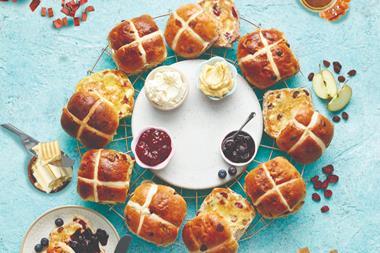
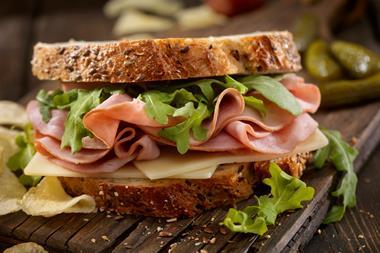
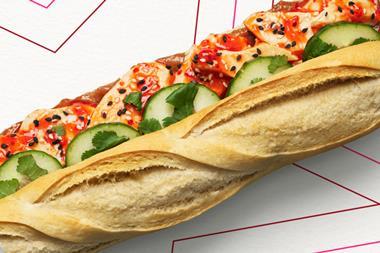

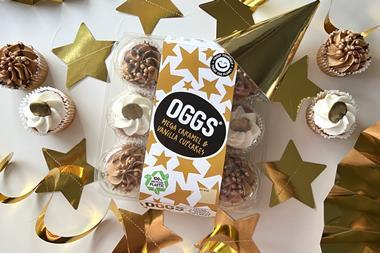


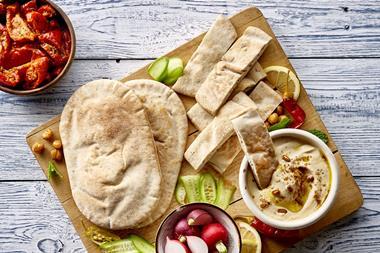
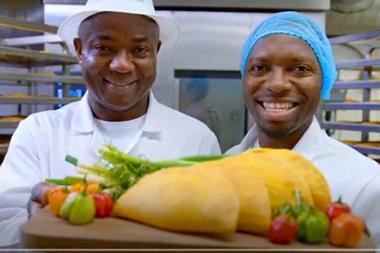
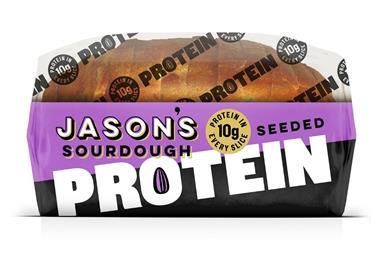
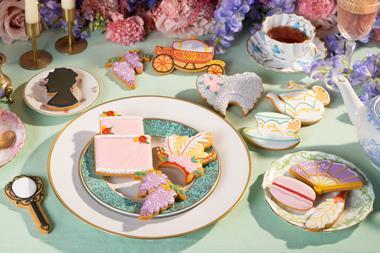
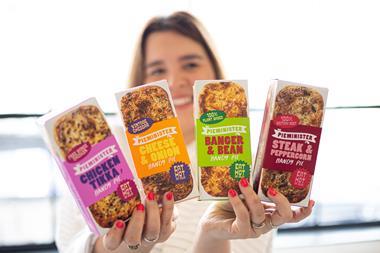

No comments yet